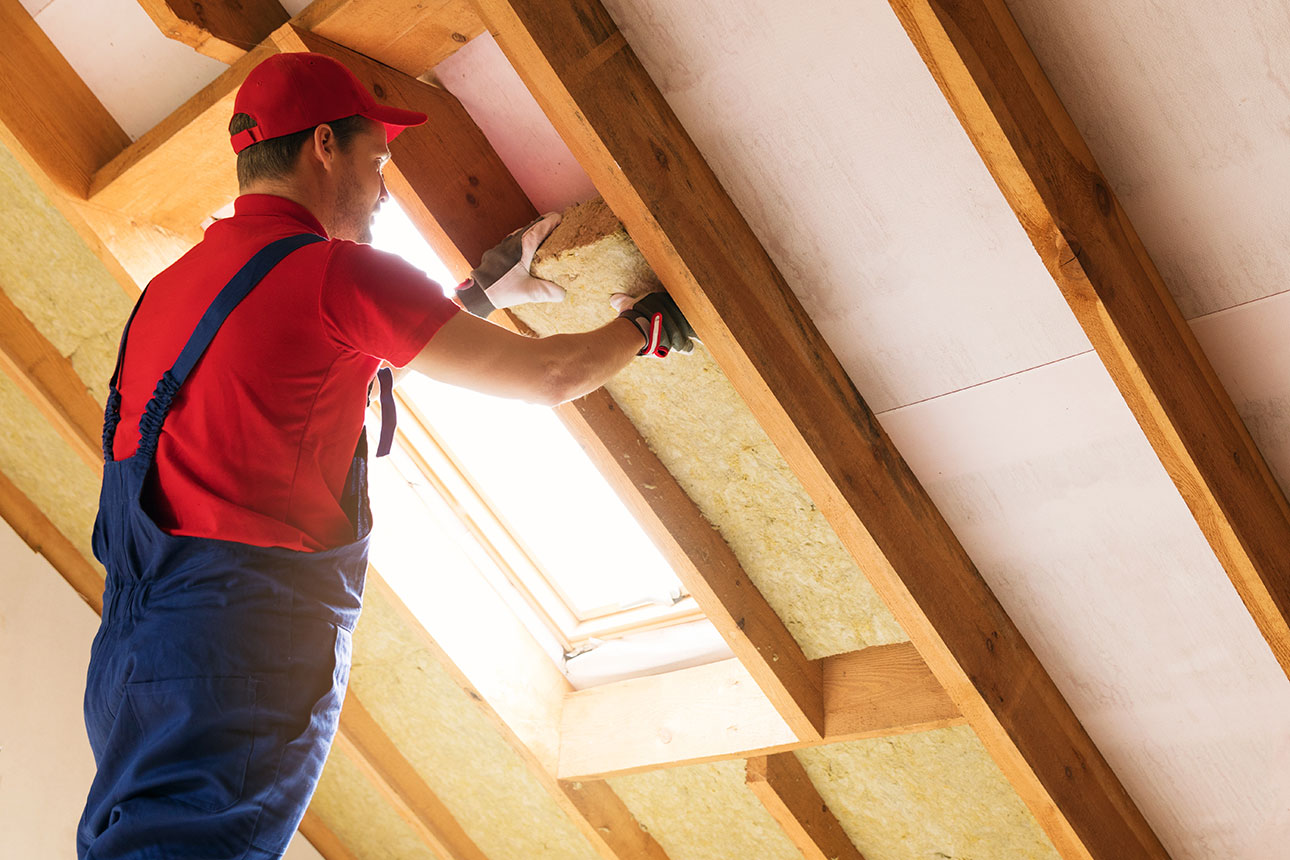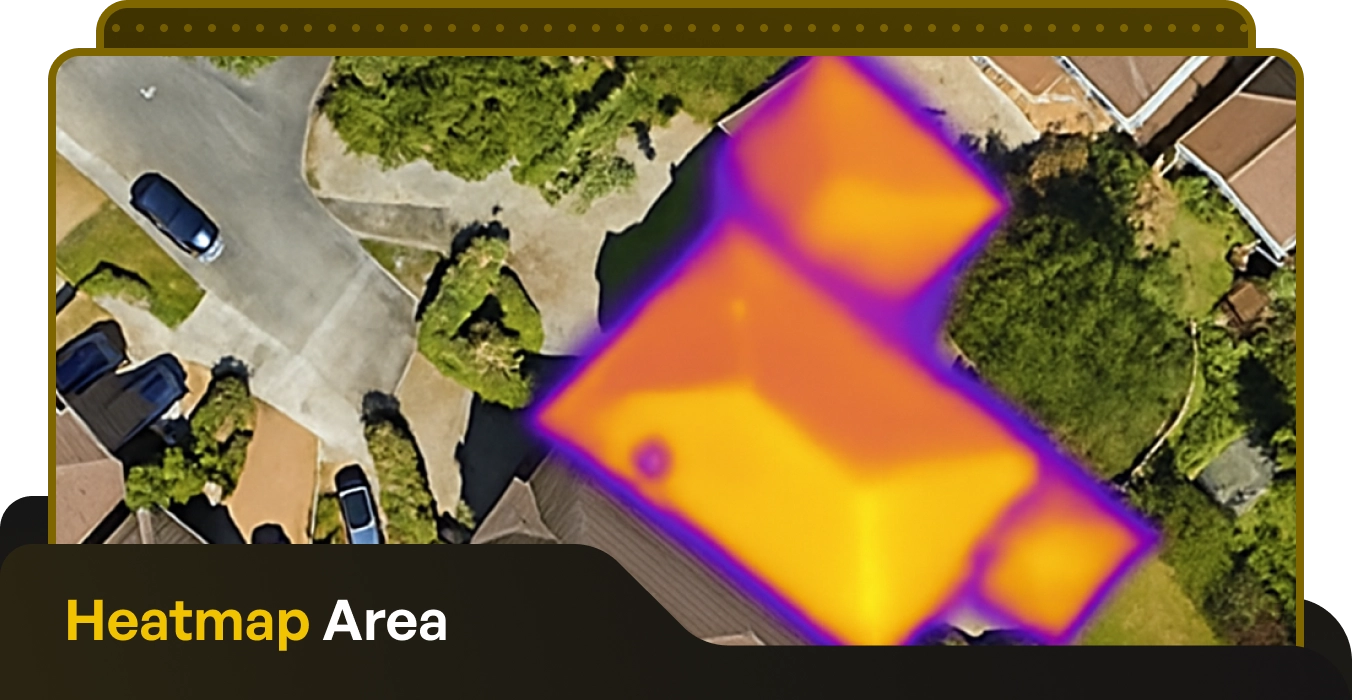Table of Contents
Demand for Home Solar Panels Surges in 2024

Written by: Briain Kelly
Published: June 24, 2024
Last updated: October 14, 2025
Reading time: 3 mins
Solar panels continue to be the most in demand home upgrade from the SEAI with a 51% increase in solar PV installations in the first three months of 2024.
There were 6,005 solar PV installations carried out on Irish homes with the assistance of SEAI grants in the first quarter of this year, up from 3,985 in the same period of 2023.
Applications for solar panel grants are also rising, though less dramatically, with only a 3% year-on-year increase seen in Q1 2024. This, however, was expected following a massive surge in solar panel grant applications towards the end of last year ahead of the grant being reduced in January.
The output of all the domestic solar panel installations seen in Q1 2024 comes to 32.8MW, as much as many utility scale solar farms.
This power output is 66% greater than what was installed in the same period of 2023 as solar panels have become more efficient, and homeowners are installing larger solar systems to get greater value for money.
The average cost of a solar PV system for Irish households was €11,386 before the SEAI grant, with an average system size of 5.5kWp installed in Q1 2024.
Energy Efficient Homes
There were 806 heat pumps installed with grant support up to the end of Q1, a slight increase of 3% on the previous year, but still an improvement for a relatively new technology which can require other home improvements first in order to be effective.
Another excellent metric for the impact of energy efficiency upgrades on Irish homes is the number of Irish homes that are achieving higher BER ratings as a result of these improvements.
Over 5,050 homes achieved a BER of B2 or higher up to the end of Q1, an increase of 53% on the same period last year.
Lower income households which would have the hardest time affording home energy upgrades, even with the assistance of grant support, are also continuing to benefit from the Warmer Homes Scheme.
Almost 1,200 lower income households had fully government funded home improvements carried out in Q1, a year-on-year increase of 25% compared to 2023. The average cost of the works done to each home was

Minister for the Environment, Climate and Communications Eamon Ryan said, “These figures are ongoing proof that climate actions work. We are now getting to the point where nearly 1,000 homes right across the country are being made warmer and more efficient every week.”
“And I expect that we will go even further as the year progresses. These quarter one numbers are reflective of what happened even before we hit go on the new low-cost retrofitting loan scheme – a first for both Ireland and the European Investment Bank.”
“This is going to shift our retrofitting plan into a whole new gear because it means that home-owners who may not have the immediate reserves can now get the low-cost financing they need to retrofit their homes.”
“Low income homes and energy poor homes will continue to get free upgrades. I can only see this scheme going from strength to strength.”
Growing Interest in Retrofitting
The One-Stop-Shop service, which carries out multiple upgrades at once to reach a goal of at least a B2 rating, saw an 8% year on year decrease. There were 234 property upgrades carried out in Q1, down from 255 in the first three months of 2023.
However, digging into those figures we see far greater interest from private homeowners this year. In Q1 of 2023, the One-Stop-Shop service carried out 151 property upgrades for Approved Housing Bodies, and 104 for private homeowners.
This year that was reversed with 155 private homeowners getting work done through a One-Stop-Shop in comparison to 79 upgrades for AHBs in Q1 2024.
Homeowners are showing a growing interest in carrying out home energy upgrades, as seen in the spike in applications for Home Energy Assessments. The number of applications for HEAs nearly doubled to 1,064 in Q1.
A Home Energy Assessment will survey a property and tell the homeowner where they are losing out the most, as well as making recommendations for upgrades such as home insulation or solar panels that can bring up its BER.

Dr Ciaran Byrne, Director of National Retrofit at SEAI said, “From a results perspective 2024 has started off well, with almost all key metrics recording increases on the corresponding period in 2023.”
“Retrofitting activity in the quarter is primarily driven from applications received in Q3 and Q4 of the previous year and these were relatively strong.”
“The overall number of property upgrades completed and B2 upgrades completed increased considerably, with a sizeable portion related to continued high demand for the Solar PV scheme.”
“The Warmer Homes Scheme continued the robust performance from last year with a 25% year on year increase in the number of fully funded upgrades delivered for households at risk of energy poverty.”
The total number of home upgrades carried out in Q1 rose by 18% compared with last year, reaching 11,700 property upgrades in the first three months of the year. However, new applications were down by 1% year on year to reach a figure of 15,400.
This is believed to be due to the rising cost of construction, with the sector also at capacity. Inflation has also created issues in all areas, with homeowners concerned about the cost of a home retrofit at this time.
It is hoped that the the Home Energy Upgrade Loan Scheme getting into full swing this year will help to make home retrofitting more accessible to homeowners.
Dr Byrne added, “Overall, we can see that the cumulative number of applications across all schemes was essentially flat compared to the same time last year. This points to the need to continue the implementation of the National Retrofit Plan to overcome barriers to retrofit and further drive demand and delivery.”
“Wider potential impacts on the sector also need to be acknowledged such as the challenge of scaling the sector in the face of a labour market approaching capacity.”
“Conversely, the availability of a significant low-cost loan offer will increase the propensity of people to engage in domestic retrofits.”
Demand for Home Solar Panels Surges in 2024
Published: June 24, 2024
Last updated: October 14, 2025

Written by: Briain Kelly
Reading time: 3mins
Solar panels continue to be the most in demand home upgrade from the SEAI with a 51% increase in solar PV installations in the first three months of 2024.
There were 6,005 solar PV installations carried out on Irish homes with the assistance of SEAI grants in the first quarter of this year, up from 3,985 in the same period of 2023.
Applications for solar panel grants are also rising, though less dramatically, with only a 3% year-on-year increase seen in Q1 2024. This, however, was expected following a massive surge in solar panel grant applications towards the end of last year ahead of the grant being reduced in January.
The output of all the domestic solar panel installations seen in Q1 2024 comes to 32.8MW, as much as many utility scale solar farms.
This power output is 66% greater than what was installed in the same period of 2023 as solar panels have become more efficient, and homeowners are installing larger solar systems to get greater value for money.
The average cost of a solar PV system for Irish households was €11,386 before the SEAI grant, with an average system size of 5.5kWp installed in Q1 2024.
Energy Efficient Homes
There were 806 heat pumps installed with grant support up to the end of Q1, a slight increase of 3% on the previous year, but still an improvement for a relatively new technology which can require other home improvements first in order to be effective.
Another excellent metric for the impact of energy efficiency upgrades on Irish homes is the number of Irish homes that are achieving higher BER ratings as a result of these improvements.
Over 5,050 homes achieved a BER of B2 or higher up to the end of Q1, an increase of 53% on the same period last year.
Lower income households which would have the hardest time affording home energy upgrades, even with the assistance of grant support, are also continuing to benefit from the Warmer Homes Scheme.
Almost 1,200 lower income households had fully government funded home improvements carried out in Q1, a year-on-year increase of 25% compared to 2023. The average cost of the works done to each home was

Minister for the Environment, Climate and Communications Eamon Ryan said, “These figures are ongoing proof that climate actions work. We are now getting to the point where nearly 1,000 homes right across the country are being made warmer and more efficient every week.”
“And I expect that we will go even further as the year progresses. These quarter one numbers are reflective of what happened even before we hit go on the new low-cost retrofitting loan scheme – a first for both Ireland and the European Investment Bank.”
“This is going to shift our retrofitting plan into a whole new gear because it means that home-owners who may not have the immediate reserves can now get the low-cost financing they need to retrofit their homes.”
“Low income homes and energy poor homes will continue to get free upgrades. I can only see this scheme going from strength to strength.”
Growing Interest in Retrofitting
The One-Stop-Shop service, which carries out multiple upgrades at once to reach a goal of at least a B2 rating, saw an 8% year on year decrease. There were 234 property upgrades carried out in Q1, down from 255 in the first three months of 2023.
However, digging into those figures we see far greater interest from private homeowners this year. In Q1 of 2023, the One-Stop-Shop service carried out 151 property upgrades for Approved Housing Bodies, and 104 for private homeowners.
This year that was reversed with 155 private homeowners getting work done through a One-Stop-Shop in comparison to 79 upgrades for AHBs in Q1 2024.
Homeowners are showing a growing interest in carrying out home energy upgrades, as seen in the spike in applications for Home Energy Assessments. The number of applications for HEAs nearly doubled to 1,064 in Q1.
A Home Energy Assessment will survey a property and tell the homeowner where they are losing out the most, as well as making recommendations for upgrades such as home insulation or solar panels that can bring up its BER.

Dr Ciaran Byrne, Director of National Retrofit at SEAI said, “From a results perspective 2024 has started off well, with almost all key metrics recording increases on the corresponding period in 2023.”
“Retrofitting activity in the quarter is primarily driven from applications received in Q3 and Q4 of the previous year and these were relatively strong.”
“The overall number of property upgrades completed and B2 upgrades completed increased considerably, with a sizeable portion related to continued high demand for the Solar PV scheme.”
“The Warmer Homes Scheme continued the robust performance from last year with a 25% year on year increase in the number of fully funded upgrades delivered for households at risk of energy poverty.”
The total number of home upgrades carried out in Q1 rose by 18% compared with last year, reaching 11,700 property upgrades in the first three months of the year. However, new applications were down by 1% year on year to reach a figure of 15,400.
This is believed to be due to the rising cost of construction, with the sector also at capacity. Inflation has also created issues in all areas, with homeowners concerned about the cost of a home retrofit at this time.
It is hoped that the the Home Energy Upgrade Loan Scheme getting into full swing this year will help to make home retrofitting more accessible to homeowners.
Dr Byrne added, “Overall, we can see that the cumulative number of applications across all schemes was essentially flat compared to the same time last year. This points to the need to continue the implementation of the National Retrofit Plan to overcome barriers to retrofit and further drive demand and delivery.”
“Wider potential impacts on the sector also need to be acknowledged such as the challenge of scaling the sector in the face of a labour market approaching capacity.”
“Conversely, the availability of a significant low-cost loan offer will increase the propensity of people to engage in domestic retrofits.”
Solar Energy Saves Households Thousands in Electricity Costs
Take our 2-minute questionnaire and find affordable solar options to suit your budget and lifestyle.



